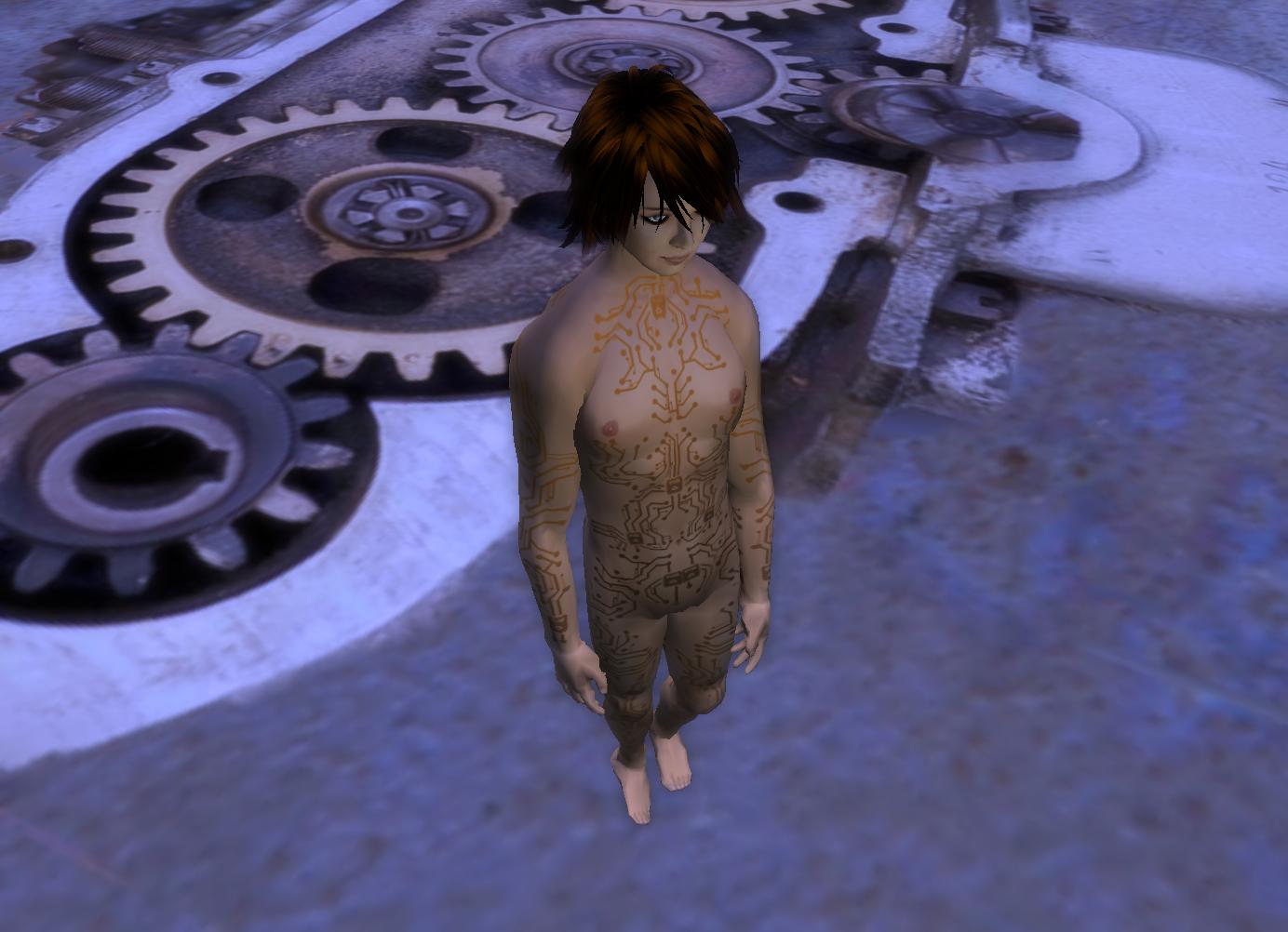Boris Groys, Politics of Installation
The field of art is today frequently equated with the art market, and the artwork is primarily identified as a commodity. That art functions in the context of the art market, and every work of art is a commodity, is beyond doubt; yet art is also made and exhibited for those who do not want to be art collectors, and it is in fact these people who constitute the majority of the art public. The typical exhibition visitor rarely views the work on display as a commodity. At the same time, the number of large-scale exhibitions—biennales, triennales, documentas, manifestas—is constantly growing. In spite of the vast amounts of money and energy invested in these exhibitions, they do not exist primarily for art buyers, but for the public—for an anonymous visitor who will perhaps never buy an artwork. Likewise, art fairs, while ostensibly existing to serve art buyers, are now increasingly transformed into public events, attracting a population with little interest in buying art, or without the financial ability to do so. The art system is thus on its way to becoming part of the very mass culture that it has for so long sought to observe and analyze from a distance. Art is becoming a part of mass culture, not as a source of individual works to be traded on the art market, but as an exhibition practice, combined with architecture, design, and fashion—just as it was envisaged by the pioneering minds of the avant-garde, by the artists of the Bauhaus, the Vkhutemas, and others as early as the 1920s. Thus, contemporary art can be understood primarily as an exhibition practice. This means, among other things, that it is becoming increasingly difficult today to differentiate between two main figures of the contemporary art world: the artist and the curator.

